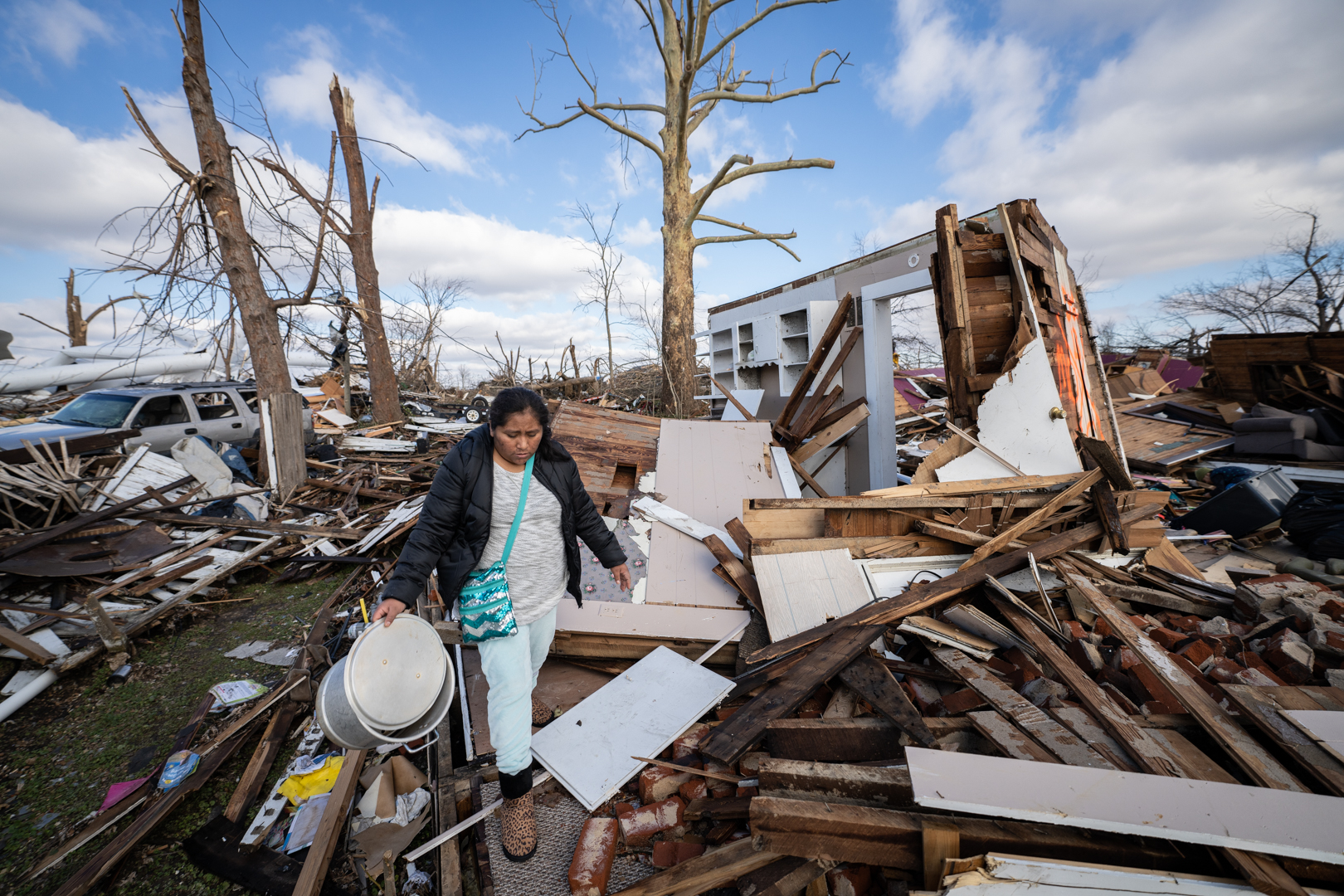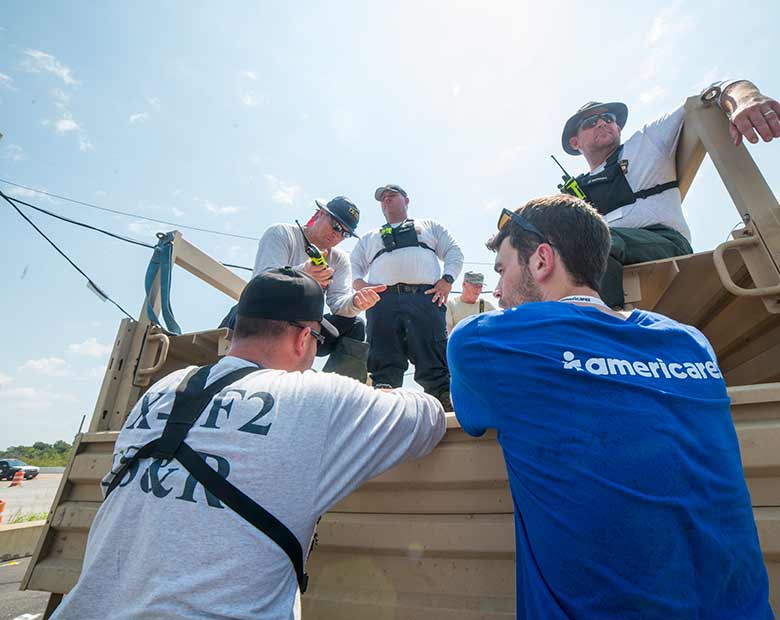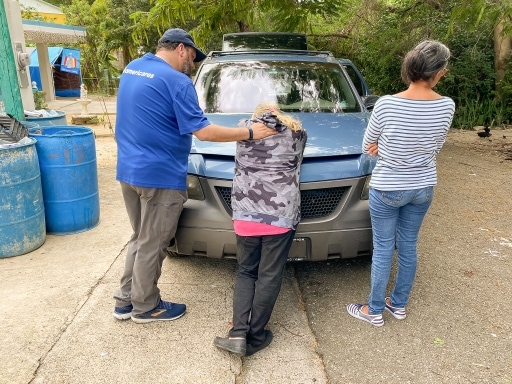Disaster Preparedness reduces destruction, injury and death, and it makes good economic sense. Getting the health system ready for disasters is a game changer for communities at risk, helping them stay safe and recover faster. The best response to a disaster is a good plan.

Donate today and help us provide healthcare, disaster relief, and other essential services to people in need.
Americares Emergency Response Partners (AERP): Our committed corporate partners help provide the reliable funding base necessary for Americares to respond swiftly and effectively to disaster events around the globe – the ones you see in the news and the ones you don’t. Their commitment combined with the generosity of our individual donors means that our more than 4,000 local partners, experienced staff and our Global ER roster have the resources needed to save lives and restore health.


Our work in past disasters, such as Hurricane Maria, has led us to design emergency preparedness programs specific to safety net health facilities in the U.S. and local health centers globally, particularly those serving vulnerable populations. We know from decades of experience what it takes to save lives in the next disaster:
